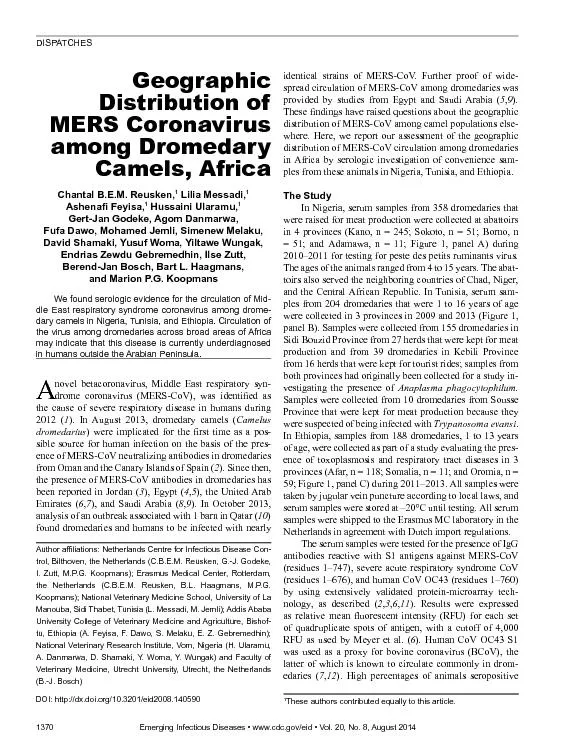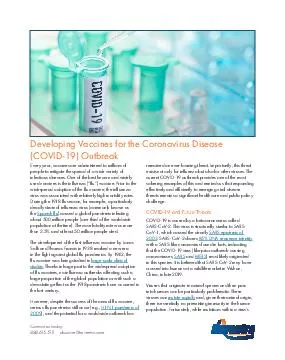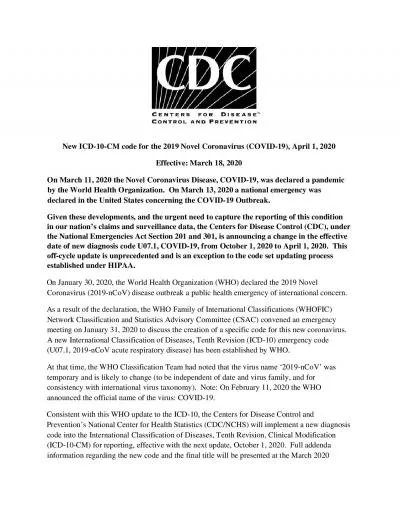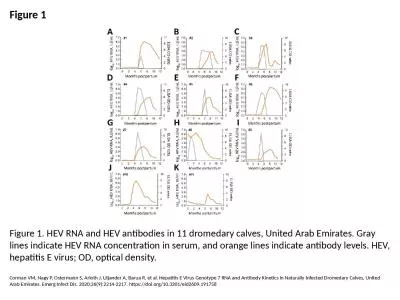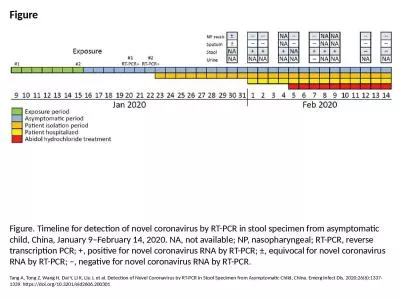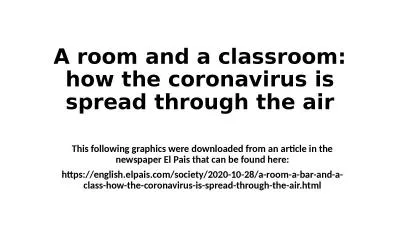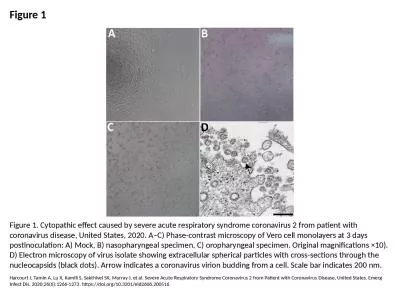PDF-Geographic Distribution of MERS Coronavirus among Dromedary Gert-Jan G
Author : natalia-silvester | Published Date : 2016-03-18
Author afx00660069liations Netherlands Centre for Infectious Disease Control Bilthoven the Netherlands CBEM Reusken GJ Godeke I Zutt MPG Koopmans Erasmus Medical
Presentation Embed Code
Download Presentation
Download Presentation The PPT/PDF document "Geographic Distribution of MERS Coronavi..." is the property of its rightful owner. Permission is granted to download and print the materials on this website for personal, non-commercial use only, and to display it on your personal computer provided you do not modify the materials and that you retain all copyright notices contained in the materials. By downloading content from our website, you accept the terms of this agreement.
Geographic Distribution of MERS Coronavirus among Dromedary Gert-Jan G: Transcript
Download Rules Of Document
"Geographic Distribution of MERS Coronavirus among Dromedary Gert-Jan G"The content belongs to its owner. You may download and print it for personal use, without modification, and keep all copyright notices. By downloading, you agree to these terms.
Related Documents

